Slightly Mad Studios has decided with its new title to put aside the status of the franchise as a car simulator to become a more accessible product for the majority of users of driving games, but did it really meet expectations? Now we will see.
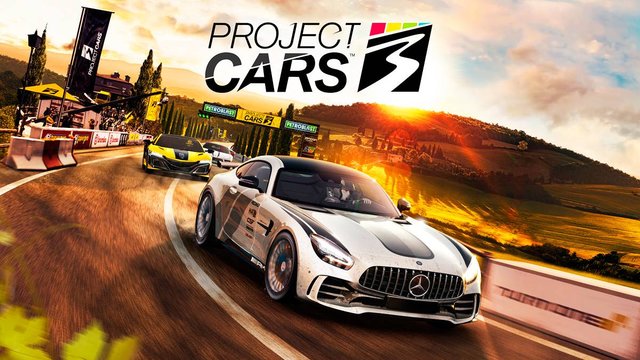
We have to put ourselves in context, as its name implies, Project Cars 3 is the third installment of this franchise, and at the same time it is not, many of the characteristics have been changed, although this, in itself, is not exactly bad. We have been able to see sagas like Forza change and vary their formula without changing its essence, taking advantage of the work of Turn10 to introduce themselves and create something different with Forza Horizon. Although, Forza being an open world driving game, the spirit it wants to convey is more felt.
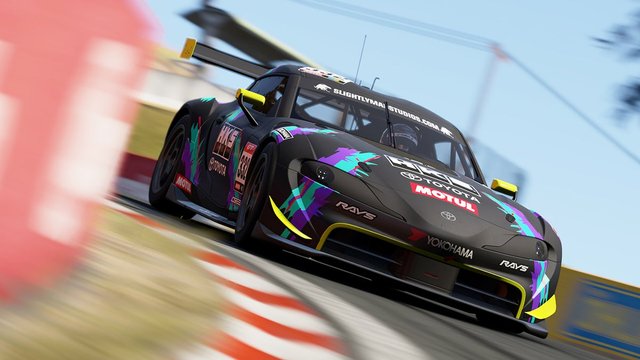
Project Cars 3, depending on whether you follow the franchise or are a staunch fan of the genre, can be a disappointment, because what a fan would expect from a saga like this that they appreciate is that they do not change their philosophy too much, It's called "simcade", a mix of arcade and simulation. It is a more demanding proposal than a conventional arcade, but without focusing too much on realism. And of course, although there are comparisons, we must qualify this title as what we expect from the saga or as what it really is? I think that, whenever this debate is discussed, all players agree that a game should be considered for what it is and not what we expect of it.
He knew that Paul Rustchynsky had joined Slightly Mad, but he did not think this would influence its development as much. The former director of the Motorstorm, Driveclub and Onrush series, makes it clear what his philosophy is when making the driving game. It won't take you long to realize that it looks very much like what it did with Driveclub, proposing a set of challenges, where the secondary missions gave us stars that helped us unlock the advanced categories. The same happens here, but replacing the stars with another symbol, although it still fulfills the same function: ask the player for certain requirements before advancing in the category and dominate all the tracks in multiple ways.
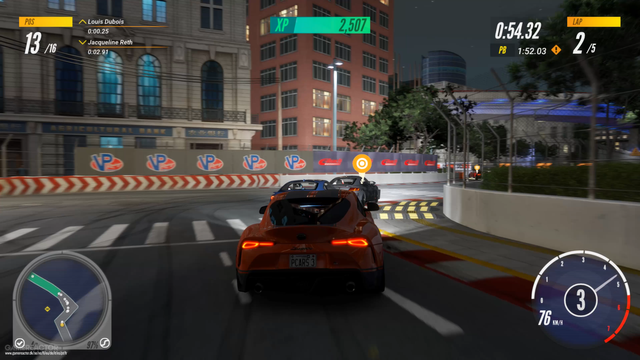
But speaking of the menu, it still has Rustchynsky influences. Many of the modes are here as well, including challenges from the game you created with Evolution Studios, which are seen here in Rivals mode. Even so, this installment continues to maintain the competitive spirit, and it shows it in the way it organizes its players: as we compete in races, our behavior is evaluated and if we make the lines correctly. If you roll well on the track, you will move up in category, while if we go off this track and become chaos, we will stay in lower categories.
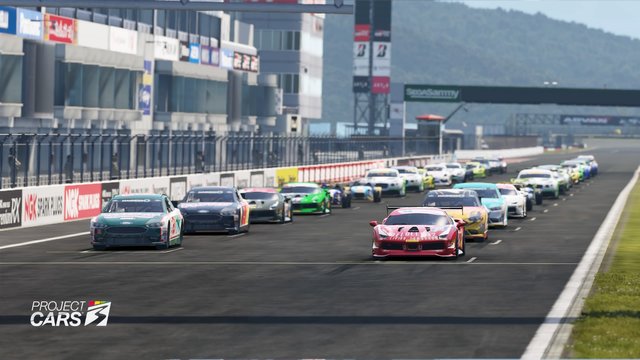
So, what does this game take from the previous ones in the saga? The design and work done on the circuits, the meteorology and the dynamic climate. It is still very interesting and eye-catching to see how the rain floods the circuits, and it works to change the pace of the race. Although, for this case the physics have decreased, and a lot. Although Project Cars 3 can be more challenging by having the aids deactivated, things do not work the same as before, it is not only a matter of deactivating the traction and stability control; the physics of the wheels do not behave in the same way and you do not have to be the same care with the curves. There are also options that disappeared, such as damage, gasoline, tire wear and pit stops. It is understood that these characteristics are more part of a simulator, but it is, in a way, a sacrifice, although other types of references such as crashes are less understood, both between vehicles and on fences: you are perfectly capable of supporting your vehicle on rival bodywork and hardly lose time. Yes, watch out for shortcuts, so players don't cheat, but there are too many rules that can make you lose your competitiveness against artificial intelligence. The result is that it ends up being similar to things like GRID, although perhaps somewhat more realistic with the help options disabled.

Although if there is one section that has disappointed me, it is the graph, at least in its version for consoles. The game has problems, both visual and performance in the events. There are two graphic options, one that prioritizes the graphic aspect, and the other the frames. None locks the frame rate at 60, but it is variable, and the second option makes it more consistent and stable, but it is susceptible to lowering at inopportune moments, for example where there is an abundance of vehicles or weather effects. In addition to that, I have also encountered certain visual bugs, from the less important, but equally notorious, such as an incorrect or low-resolution reflection on the windshield, textures that take time to load, to the most serious such as visual errors that do not interpret well. light and reflections from the asphalt and are displayed as a bunch of white pixels on the screen. The sound section is what you would expect from the franchise, rescuing a good number of effects that behave in the correct way, but with generic and forgettable music when there is it and practically nonexistent at other times.
You have to understand that although this game is qualified for what it is, it still has the name of Project Cars, and it is logical that people make comparisons with the rest of the installments. And the truth is that, as a sequel, the number of vehicles has increased considerably, but it has also lost a good number of circuits, reducing it to 51 tracks. There are some new ones, which take the Driveclub philosophy of being routes instead of closed tracks, taking advantage of beautiful views to go through instead of more professional paths and curves, such as some routes through Havana or California. Some features that made the second installment good and that are appreciated are also still being maintained, such as the option on PC to be able to use Virtual Reality devices.
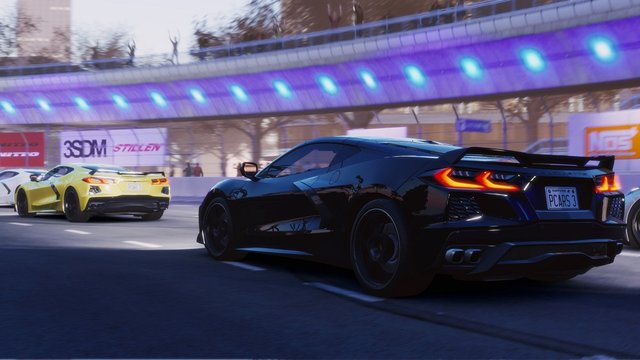
Project Cars 3 changes category within the genre, and is closer to a simcade than a simulator. It makes good use of its technology, of the work done in previous circuits and cars, to opt for a different philosophy, more accessible and where the control becomes a better option. This philosophy has similarities, such as the gameplay of GRID, and the designs of Driveclub, but after playing it and testing its many tracks, it is good to wonder if it would have been better to take advantage of that change and make it a game with a unique identity. This is not exactly a negative thing, Project Cars 3 wanted to make a change in the franchise and we have tried to enjoy the game for what it is and not what is expected of it: but what it is makes the game not know which direction to take, without reaching the beauty that other games can have, and with some rough edges in the behavior of the vehicle and artificial intelligence that move it away from what is expected.
